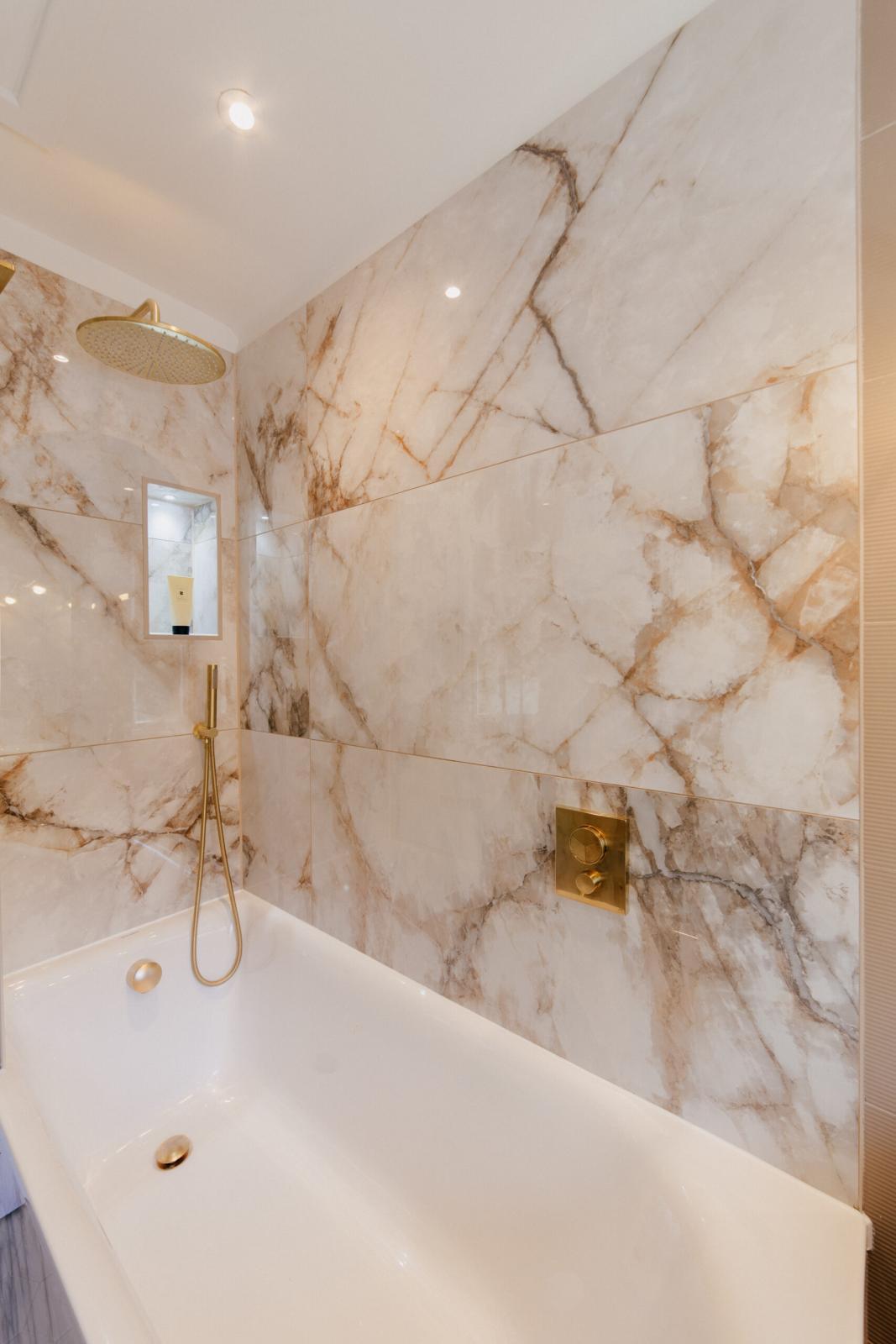Notifications

7 minutes, 57 seconds
-16 Views 0 Comments 0 Likes 0 Reviews

Remodelling a bathroom is one of the most rewarding home improvement projects you can undertake. Whether your current space feels outdated, cramped, or simply isn’t functioning the way you need, a well-planned bathroom remodelling project can transform it into a relaxing and efficient sanctuary. From improved layout and storage to stylish finishes and modern fittings, the possibilities are endless.
In this guide, we explore everything you need to know about bathroom remodelling — from design inspiration and the remodelling process to practical considerations and trends that can take your bathroom to the next level.
Bathrooms are among the most used spaces in any home, and over time, wear and tear becomes inevitable. But remodelling offers more than just aesthetic upgrades — it’s a chance to rethink how your space works and feels. Here are some of the key benefits:
Modern Functionality: Upgrade old fixtures, poor lighting, and awkward layouts.
Increased Home Value: A newly remodelled bathroom adds real resale appeal and can yield a solid return on investment.
Improved Energy Efficiency: Install water-saving taps, LED lighting, and eco-friendly toilets to reduce energy bills.
Enhanced Comfort and Style: Turn a purely functional room into a personal retreat with modern features and finishes.
Better Storage: Incorporate custom cabinetry, recessed shelving, or vanity upgrades to reduce clutter.
Whether you're planning a full gut renovation or minor cosmetic changes, the right bathroom remodelling approach delivers lasting value.
Remodelling a bathroom involves multiple steps and trades — from design and demolition to plumbing, electrical work, and finish carpentry. Here’s what to expect during the process:
Before jumping into colours and tiles, think about how you use your bathroom and what improvements would make the biggest difference. Consider:
Who will be using the space (e.g. family, guests, children)?
Do you need a bath, a shower, or both?
Are you dealing with dampness or poor ventilation?
Is there enough storage?
What’s your budget?
Work with a designer or contractor to create a layout that maximises space and usability. In smaller bathrooms, layout is especially crucial. Consider floating vanities, walk-in showers, and clever storage solutions to make the most of the room.
This is where your vision comes to life. Choose materials that are both stylish and durable — porcelain tiles, quartz countertops, moisture-resistant paint, and solid brass fixtures are all great options.
Fixtures to consider upgrading include:
Bathtubs and showers
Toilets and bidets
Vanity units and sinks
Lighting and mirrors
Flooring and wall tiles
The old bathroom is stripped back to prepare for new installations. This stage can reveal hidden issues like mould, leaks, or structural problems, especially in older homes.
Before walls are closed up again, all new plumbing and wiring is installed. This might include repositioning pipes, adding extractor fans, or installing heated towel rails and underfloor heating.
Once behind-the-scenes work is complete, new tiles, cabinetry, baths, and sinks are installed. The room begins to take shape.
The final stage includes painting, caulking, sealing, fitting accessories, and final cleaning. Now the space is ready for use.
Whether you prefer modern minimalism or classic elegance, there are trends and features to suit every style:
Walk-in Showers with Frameless Glass
Floating Vanities with hidden storage and under-lighting
Statement Tiles — think bold patterns or textured finishes
Matte Black or Brushed Brass Fixtures
Integrated Lighting and Smart Mirrors
Freestanding Bathtubs for a luxurious touch
Sustainable Features like water-efficient fixtures and recycled materials
The best bathroom remodelling projects balance trend-driven appeal with timeless design, ensuring your new space feels fresh for years to come.
Every remodel comes with some level of disruption, and bathrooms are no exception. Here are a few challenges to be prepared for:
Limited Space: Small bathrooms require smart design to avoid a cramped feel.
Plumbing Limitations: Changing the layout may involve extensive pipe work.
Ventilation Issues: Poor airflow can lead to mould and damp — proper extraction is key.
Material Selection: Choose moisture-resistant finishes that stand the test of time.
Unexpected Costs: Always include a 10–15% contingency in your budget.
A good remodelling contractor will help manage these challenges and keep the project running smoothly.
The cost of bathroom remodelling varies based on factors like size, layout changes, materials, and finishes. As a general guide:
Cosmetic refresh (new fixtures, paint, minor tile work): £4,000 – £6,000
Mid-range remodel (new layout, full tiling, custom vanity): £7,000 – £12,000
High-end remodel (luxury finishes, bespoke fittings, structural changes): £13,000 – £20,000+
Hiring experienced professionals ensures a better result and long-term durability. Always get a detailed quote that includes materials, labour, and timelines.
A successful bathroom remodel depends on having the right team. When choosing a contractor, look for:
✅ Experience with similar projects
✅ A portfolio of past bathroom remodelling work
✅ References and online reviews
✅ Clear communication and transparent pricing
✅ Qualifications for plumbing and electrical work
✅ Warranties on workmanship
Avoid vague quotes or contractors who promise unrealistic timelines. Quality work requires time, planning, and skill.
A thoughtful, well-executed bathroom remodelling project not only enhances your home’s aesthetics but also improves everyday functionality and comfort. Whether you’re updating a tired family bathroom or creating a luxury en-suite, working with a skilled team ensures the result is both beautiful and built to last.
Remodelling is your opportunity to create a space that meets your lifestyle and reflects your taste — a bathroom you’ll enjoy using every day.

